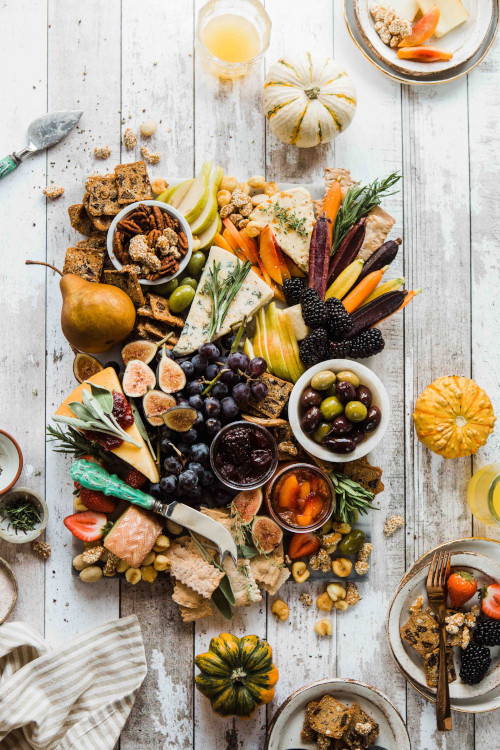Glycemic Index

Photo by Brooke Lark on Unsplash
It was in May 2011 during a training session in a fitness club, I got to know this term called Glycemic Index (GI). The one who introduced this term to me is the Fitness Trainer Robert Cliff Hoffman, a 22nd SEA Bronze Medal Winning Body Builder. Many thanks Bro!!!
After reading more about this Glycemic Index, it became apparent that GI food knowledge and Low GI food selection is important to everybody who wants to be in the pink of their health.
So, what is this Glycemic Index all about?
All foods with carbohydrates break down during digestion and release glucose into the bloodstream. If the break down is quick, glucose is released rapidly into the bloodstream causing high Blood Glucose Levels.
Glycemic Index is a scale that ranks carbohydrates by how much they raise blood glucose levels (when they break down and release glucose) when compared with a reference food (usually Glucose).
The Glycemic Index of the “test food” will be determined by fixing the Glycemic Index of the reference food Glucose as 100.
The one that raises the blood glucose levels rapidly are High Glycemic Index foods. And the ones that releases the glucose slowly in the blood are Low Glycemic Index Foods. Low Glycemic Index Foods are recommended for its slow releasing properties.
What are the benefits of Low GI Foods?
- Low Blood Glucose Levels
- Low Cholesterol Levels
- Reduce Weight
- Reduce Heart Disease Risk
- Reduce Type 2 Diabetes Risk
What is Glycemic Load (GL)?
As the name implies, Glycemic Load is the measure of quality and quantity of the carbs in our food.
It can be arrived by the below calculation:
\[ \begin{equation*} GL = \dfrac {GI} {100} \enspace \ast \enspace carbs(gms) \end{equation*} \]
So, a 1/2 cup of Chana Dal which has 17 gms of carbs and a Low GI of 10 will give a GL of ~2.
\[ \begin{equation*} GL = \dfrac {10} {100} \enspace \ast \enspace 17 \enspace gms = 1.7 \end{equation*} \]
And, 30 gm of White Bread that has 14 gm of carbs and a High GI of 70 will give a GL of ~10.
\[ \begin{equation*} GL = \dfrac {70} {100} \enspace \ast \enspace 14 \enspace gms = 9.8 \end{equation*} \]
Below is the GI list of some food items (approximate values):
| Name Of Food | GI |
|---|---|
| Chana Dal | 10 |
| Hummus | 10 |
| Tomatoes | 15 |
| Soy Beans | 21 |
| Grapefruit | 25 |
| Cashews | 27 |
| Peanuts | 27 |
| Lentils | 30 |
| Kidney Beans | 32 |
| Chick Peas | 35 |
| Whole wheat Pasta | 40 |
| Apple | 40 |
| Pear | 40 |
| Orange | 45 |
| Green Peas | 48 |
| Brown Rice | 50 |
| Banana | 51 |
| Whole Grain Bread | 55 |
| White Bread | 70 |
| Watermelon | 85 |
| Dates | 103 |
Well, to cut the discussion short, prefer more Low GI foods over High GI foods. As simple as that :)
Some factors influencing GI:
- The enzymatic action on foods with bran (hard outer layer of the grain including rice, wheat, oats, etc.) is normally slow due to the outer shell, thereby making them good low GI foods.
- Highly processed foods are quickly digestible making them High GI foods.
- Cooking softens foods resulting in rapid digestion after intake thus making them High GI foods.
Finally, I would like to remind my favourite quote that many would agree and practice.
We are what we eat.
So let’s eat healthy and think better :)